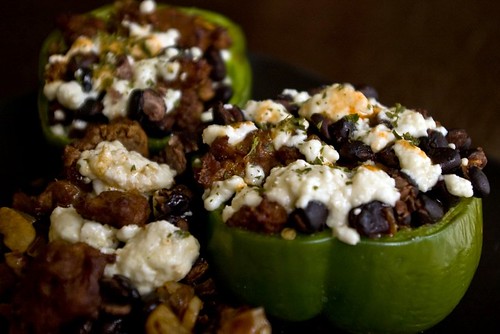
My monthly food column as it appeared in the August issue of Satellite Magazine
When people think of national cuisines, they traditionally think of French, Italian or Chinese. These are mother nations, and many of the ingredients and techniques pioneered there spread throughout various regions and across the world's oceans. But India has some of the world's richest culinary traditions and is rapidly becoming a major player on the culinary world stage. And it's the last stop in our summer travels.
Most people associate curry with Indian cuisine, but curry merely indicates a heavy mix of spices. Indian curries usually include turmeric, coriander and cumin. But Indian cuisine is as varied as its regions, ranging from hearty, rich foods in the north to light seafood dishes along the coast to hot, spicy dishes in the south. It's the northern cuisines that we usually think of when we think of Indian food--heavily sauced foods and stews from the Punjab region in Northern India, and it is this region we travel to this month via tandoori chicken.
Tandoori recipes are named for the clay oven, called a tandoor, in which they're traditionally prepared. If you don't have one of these ovens sitting in your back yard, you're probably not alone. Your oven, set at a very high temperature, will do just fine. You can also use your backyard grill. They key to many Indian dishes is the balance of flavors and massive ingredient list. Tandoori chicken is no different. Once everything is mixed, however, the preparation is a snap.
Ingredients
- Six chicken thighs (approximately 2.5 pounds. You can use chicken breasts, but
they won't be as flavorful. To get the most flavor, make sure the bones are in and the skin on--delicious!)
- 1 cup plain yogurt
- 1/2 a small onion
- 1 small shallot
- 2 cloves garlic
- 1 1/2 tablespoons lemon juice (or any acid--you could try lime juice or various types of vinegar)
- 1/2 teaspoon Paprika
- 1/2 teaspoon Cumin
- 1/2 teaspoon Ginger
- 1/4 teaspoon Cinnamon (cinnamon will impart some sweetness to the dish. You can add more if you like, but be careful. Cinnamon is one of those spices that can easily overwhelm the taste of your food.)
- Salt (to taste, though you should add at least one hefty pinch)
- Ground pepper to taste
Optional:
- Cayenne pepper or red chili
- Cloves
Supplies:
- Roasting pan and wire rack
Note: Some recipes will call for red or yellow food coloring to help boost the dish's visual appeal. I don't like to go that route as it seems most unnatural.
Start with a large, non-reactive bowl (preferably glass) with plenty of room for the chicken thighs (but small enough to fit in your refrigerator). Finely chop the onion, shallot and garlic, and fold them together in the bowl with the yogurt. Add the lemon juice, stir to combine, and then add the paprika, cumin, ginger, cinnamon, salt, and pepper (also add the cayenne or red chili flakes if you've chosen to use them). In addition, you can add a pinch of ground cloves to your mix, if you want to add some of that smoky, anise flavor they impart. You can also add turmeric to liven the dish and give an additional color pop. Stir everything together and then place the chicken thighs in the bowl. Rub the mixture over the chicken thighs so they're liberally coated, then stash the chicken in your fridge and let it marinade at least two hours. Twelve is better, twenty-four is best.
When you're ready to cook, get the roasting pan and place the wire rack inside it. Put the pan and rack in the oven and pre-heat the oven to 450 degrees. When the oven is heated, place the chicken on the rack and bake the chicken for approximately 30 minutes (if you stick a skewer into the middle of the chicken thigh, juices should run clear). Remove the chicken from the oven and serve it hot with rice. Some people will sprinkle chopped chives or cilantro as a final garnish.
Thus ends our summer culinary journey. Like all summer trips, the end is a bit melancholy, the return home just a bit too soon. Your own food journey doesn't have to stop, though. Keep exploring. Create! Seek out those cuisines and cultures that interest you and bring a piece of them into your home through food. It's not quite the same as being there, but it just might push you to make the trip.






